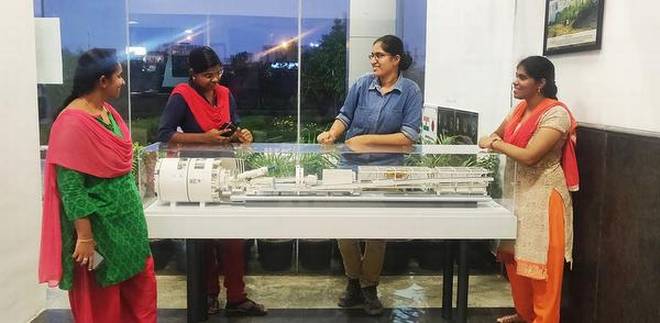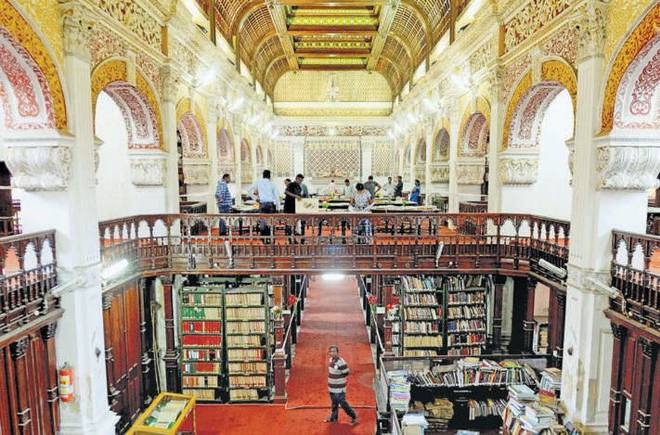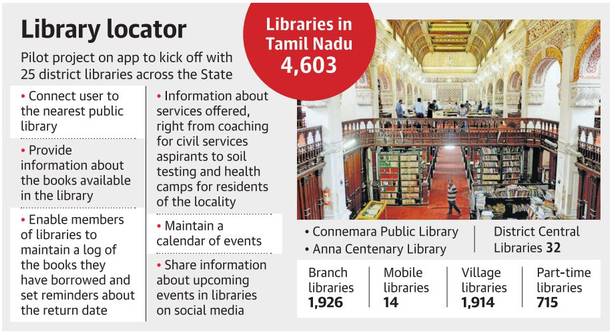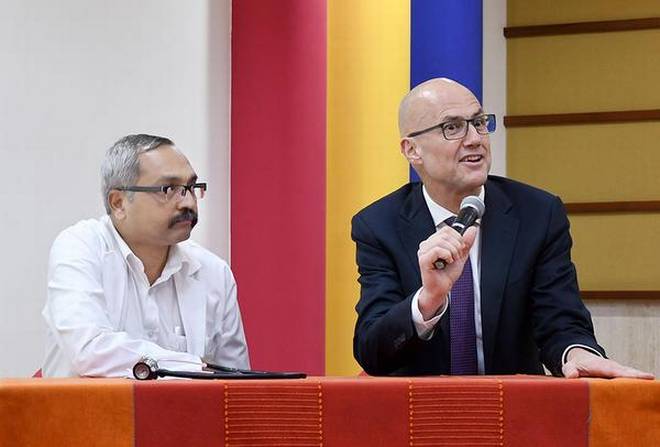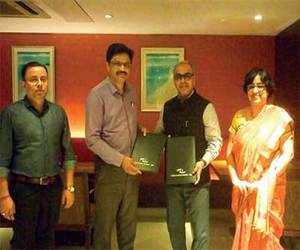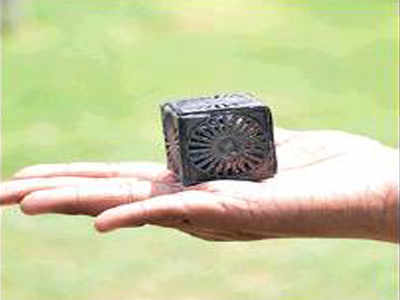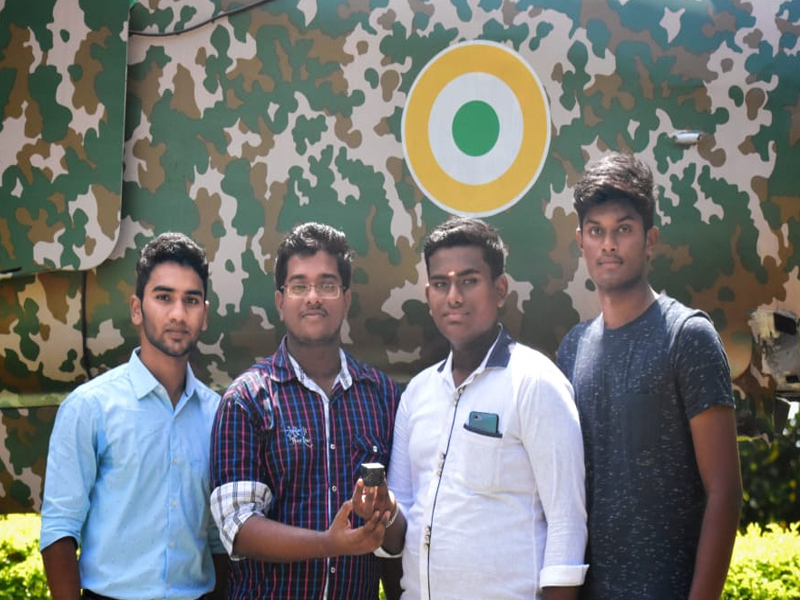“I have been urging everyone to switch to solar for the last decade. It is the best decision I have made. If people just understood how simple it is, they would be willing to try it. It has to do more with the mindset” says Chennai citizen D Suresh, who has been bestowed the moniker Solar Suresh for his efforts to take solar energy to the general public in the city and the state.
A study by Greenpeace India and GERMI titled Rooftop Revolution: Unleashing Chennai’s Solar Potential estimates that Chennai has an untapped rooftop solar power generation potential of 1.38 GW, with the largest segment being residential rooftops that constitute 46% of the potential at 586 MW.
The push towards renewable energy has seen central and state subsidies for those who opt for solar power, with capital incentives and credits as part of their electricity bill payments. The effort on the part of the government has so far focused on getting households to set up grid-connected solar rooftop plants that are linked to the existing system.
How does a solar rooftop system work?
A grid-connected solar rooftop system set-up along with a bi-directional meter can be used to monitor the energy generated and consumed by solar-powered households. If surplus power is generated, the energy is fed into the grid and the household receives an annual credit in the electricity bill based on net meter readings.
The grid-connected system eliminates the use of batteries, thereby bringing down capital cost and space required for setting up a solar power plant.
So, if you want to join in too, and not only do your bit for renewable energy, but also bring about some savings in your energy bill, here are some more basics that you might want to know.
Cost and savings implications
Under the Chief Minister’s Domestic Rooftop Solar Incentive Scheme, individual houses or flats with grid-connected rooftop solar panel installation in Chennai are eligible for a maximum subsidy of Rs 20,000 for a 1 KWp (kilowattpeak) plant to be used solely for residential purposes. This is in addition to the 30% central subsidy offered by the Ministry of New and Renewable Energy (MNRE) on the benchmark cost or project cost, whichever is less.
For residential flats, a capacity of 5 kW, 10 kW and multiples thereof can be applied for common usage as group application.
The average cost of a 1KWp plant is close to Rs 70,000, with subsidies bringing down the cost to close to Rs. 45,000.
A 1KWp plant produces 4-5 units of electricity per day. Households can decide on the capacity of the plant required to power their needs based on their existing consumption. The feed-in credit on the consumer’s electricity bill from excess power generation can be availed for a year, as per the rates fixed by the Tamil Nadu Electricity Board (TNEB).
Prerequisites of installation
- A 1kw panel requires a rooftop space of 12 sq.m or 100 sq. feet for installation.
- An existing TANGEDCO service connection under the LA-A1 (domestic use) tariff
Applications are available online and at the office of the Tamil Nadu Energy Development Agency (TEDA).
The last date for applications is June 30. A list of empanelled vendors is also available on the website.
Benefits of going solar
- A substantial reduction in electricity bills over a period of time
- It is a renewable source of energy that can be harnessed on a daily basis
- Protection against tariff increase as the life of a solar panel is 25 years
- Savings made on solar is tax-free
- It is an environment-friendly alternative to conventional electricity, reducing the reliance on coal and fossil fuels
- Encourages self-sufficiency and reduces wastage as excess power is transferred to the grid
source: http://www.chennai.citizenmatters.in / Citizen Matters / Home> City Guide / by Aruna Natarajan / June 29th, 2018
